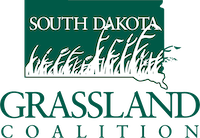MAPS ARCHIVE
A nice feature on the website is the “Maps Archive” tab. Here you can see the previous predictions and compare them to the most current set of maps.
Drought preparedness starts with a plan. Having a reliable estimate of forage production is critical for making decisions. Grass-Cast can be used as one component in your drought plan. Overtime, like anything else, we should see improvements in forecasting. It would be a good idea to make notes of forage production on your own ranch so you have some benchmark to make comparisons. For more information on drought planning visit the National Drought Mitigation Center (http://drought.unl.edu/) or contact your local range extension field specialist.

